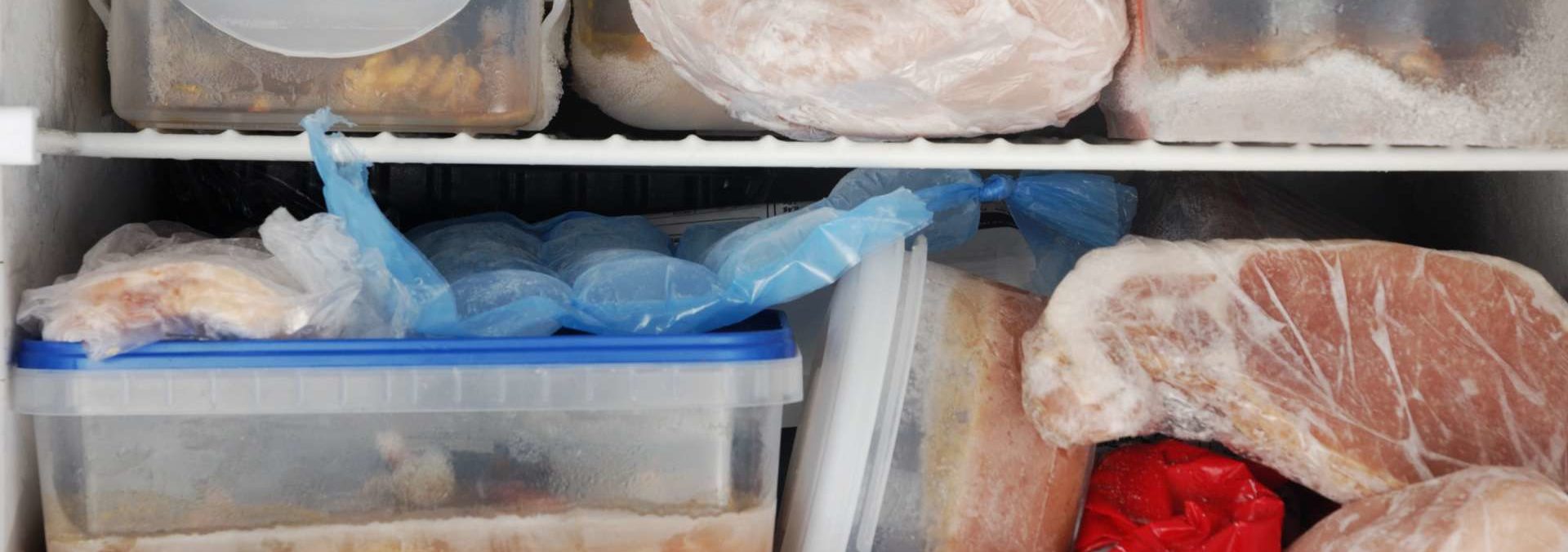Buying a whole cow is a practice that has been gaining popularity among consumers who value quality, sustainability, and cost-effectiveness. This involves purchasing an entire cow from a farmer or a Community Supported Agriculture (CSA) program, and receiving the meat in bulk.
The benefits of this practice are manifold. It allows consumers to support local farmers and sustainable farming practices, have a direct connection to their food source, and enjoy high-quality, ethically raised meat. Additionally, buying in bulk can be more cost-effective in the long run compared to buying individual cuts from a grocery store.

Understanding the Process
What to consider before buying a whole cow: Before diving into the process, it’s important to consider a few factors. First, you need to have adequate freezer space to store the meat. A general rule of thumb is that it takes one cubic foot of freezer space for every 30-35 pounds of packaged meat. Second, you should be comfortable with using all parts of the cow, from common cuts like steaks and roasts to less familiar ones like organ meats and bones.
Understanding the cost of a whole cow
The cost of a whole cow can vary depending on factors like the size of the cow, the farmer’s pricing, and the region. It’s important to understand that the cost usually includes the price of the live animal, the slaughter fee, and the processing fee.
Understanding the cost structure
The cost of buying an entire cow is typically broken down into several components. This includes the cost of the live animal, the slaughter fee, and the processing fee. The cost of the live animal is usually calculated based on its weight before slaughter, also known as the “live weight” or “on the hoof” weight. The slaughter fee is the cost of having the animal killed and butchered into large sections, while the processing fee is the cost of having these sections cut and packaged into individual cuts of meat.
Average cost
The average cost of buying an entire cow can vary greatly depending on factors such as the size of the cow, the region, and the farmer’s pricing. However, as a general estimate, you can expect to pay between $1,500 to $3,000 for a whole cow. This includes the cost of the live animal, slaughter, and processing.
The role of local Extension office or USDA office
Local Extension offices and USDA offices can be valuable resources for consumers interested in buying a whole cow. They can provide information about local farmers and ranchers, help you understand the process and costs involved, and answer any questions you may have.

Buying a Whole Cow from a CSA
Explanation of a CSA (Community Supported Agriculture): Community Supported Agriculture, or CSA, is a model of food production and distribution that directly connects farmers and consumers. In a CSA, consumers buy “shares” of a farm’s harvest in advance and then receive a portion of the crops as they’re harvested. In the case of meat CSAs, members typically receive a share of meats like beef, pork, and chicken.
How to buy a whole cow from a CSA like Genuine Food Company
Buying a whole cow from a CSA involves a few steps. First, you need to find a CSA that offers whole cows, like the Genuine Food Company. Once you’ve found a CSA, you can sign up for a membership or a share. The CSA will then provide you with a whole cow, typically already butchered into various cuts of meat, at a predetermined schedule. It’s important to note that you’ll need to have enough freezer space to store the meat.
The benefits of buying from a CSA:
There are several benefits to buying a whole cow from a CSA. First, you’re supporting local farmers and sustainable farming practices. Second, you’re getting high-quality, ethically raised meat that’s often fresher than what you can find in grocery stores. Third, you can save money in the long run, as buying in bulk is often cheaper than buying individual cuts of meat. Lastly, being a CSA member often gives you access to other farm products and benefits, like farm visits, newsletters, and recipes.

After Purchase Tips
How to store your whole cow (freezer space requirements)
Once you’ve purchased a whole cow, proper storage is crucial to maintain the quality of the meat and prevent spoilage. As mentioned earlier, you’ll need about one cubic foot of freezer space for every 30-35 pounds of packaged meat. The meat should be stored in a deep freezer at a temperature of 0°F or lower. It’s also a good idea to organize the meat by cut and date, so you can easily find what you need and use the oldest meat first.
Tips on how to utilize the whole cow efficiently
Utilizing a whole cow efficiently requires some planning and creativity. You’ll receive a variety of cuts, from steaks and roasts to ground meat, organ meats, and bones. Familiarize yourself with different cooking methods for different cuts, like grilling for steaks, slow cooking for roasts, and making broth with bones. Don’t be afraid to try new recipes and explore less familiar cuts. Remember, every part of the cow can be used and enjoyed!
Conclusion
Buying a whole cow is a process that involves researching and contacting local farmers or CSAs, understanding the costs involved, and preparing for storage and utilization of the meat. The benefits of this practice include supporting local agriculture, getting high-quality, ethically raised meat, and potentially saving money.
Encouragement for readers to consider buying a whole cow: If you value quality, sustainability, and a direct connection to your food source, consider buying a whole cow. It’s a unique and rewarding experience that allows you to enjoy delicious meat while making a positive impact on your local farming community. Start your journey today!
